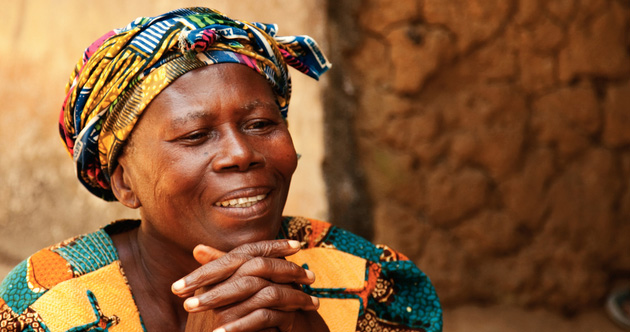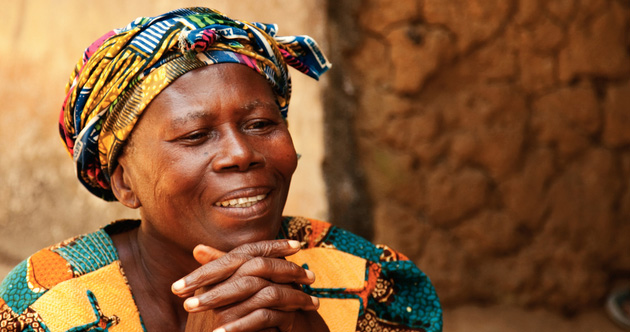This article originally appeared on The Huffington Post.
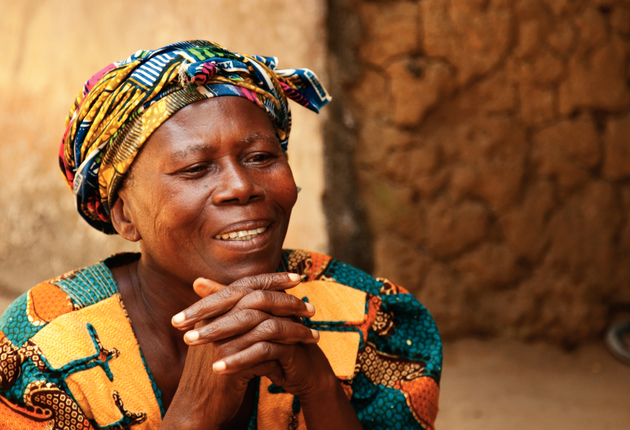
More than ever before, patriarchal notions have been amplified and propelled by the 21st century human. Every aspect of our daily lives serve as perfect exhibits: woman as the video vixen, woman as the cook, women as the caretaker, woman as the secretary, and now, woman as the derivative of everything deemed inferior. We have stubbornly been part of this wave until recently when President Donald Trump’s campaign stirred ripples round the world with his unashamed disregard for women, some of which arose from archives at the time of his campaign. And a question lingers within us: What is Africa up to?
Here, we come to a realization of a bittersweet paradox; one of more prevalent chauvinism in Africa than nearly all continents, and yet women liberation movements being stronger in the Western world. Furthermore, the Women’s march, which has its heart in South Africa had a record breaking turn out in D.C Washington. The march, which gained large traction, is nonetheless more significant to women in South Africa who protested against the apartheid government than in the US. The event, often called to mind the chants of the first Women’s march in 1956: “Wathint’ Abafazi, wathint imbokodo.” These words symbolized the boldness and courage of a woman. ‘You strike a woman, you strike a rock.’
Breaking down the patriarchy narrative
The epitome of women objectification is still felt in the cradle of Africa, Sudan being a pronounce member. We Africans were brought up by communities that taught us that the boy child was the bolder of the two genders, always. He was in-charge of security, hunting, fishing; with initiation marking the hallmark of manhood. All these activities roared masculinity, molding him into a man with a fragile ego. The girl-child’s significance was only felt in the kitchen, in taking care of the children, in fetching firewood while being subjected to derogatory rituals like Female Genital Mutilation (FGM) ― molding her into a submissive being. In a massive attempt to disrupt this, measures to bring about equity to leverage both of them have since put in place. These include increased access to education, more self-development opportunities and exposure to leadership advocacy to the girl-child.
It has taken great effort for the labour of women empowerment to bear fruits. From the likes of Slyvie Kinigi, who ruled Burundi for a year, to Ivy Matsepe, who served as an acting South African President briefly in 2005, President Ellen Johnson Sirleaf, who still holds Liberia’s mantle today and Wangari Maathai, who unconventionally fought for environmental conservation in Kenya. This founding base has stirred a sense of leadership among the women of Africa.
A.L.O.O’s Africa Rising: Women
In early January, African Leadership Academy, based in Johannesburg, South Africa, hosted African Land of Opportunities (ALOO), a day the school community dedicates to embrace and celebrate a myriad of immense opportunities in the African continent. This year doing so by celebrating the achievements of the African woman. The one-day event was a unique blend of workshops, live performances and panel discussions with focus points on the African woman in sport, art, tradition, religion and women’s rights.
The workshops took a dive into the theme by first understanding the current state. This, in some workshops, involved analysis of famous Nigerian song lyrics. This analysis unravelled the underlying stereotype of women being objects. Surprisingly, some of these songs were composed by women. This was followed by deep reading texts to then enlighten the workshop participants on the subject matter. Annotations of the texts served to enlighten participants on what how, what and when, (now), could be done to tackle the unconscious patriarchal conceptions. This highlighted how the narrative ought to be revamped to ‘The African Woman leader’, which evokes a compelling drive as opposed to ‘The African Woman’. Perhaps a reminder of how we need more of these platforms like these as conduits for leveraging women inclusivity.
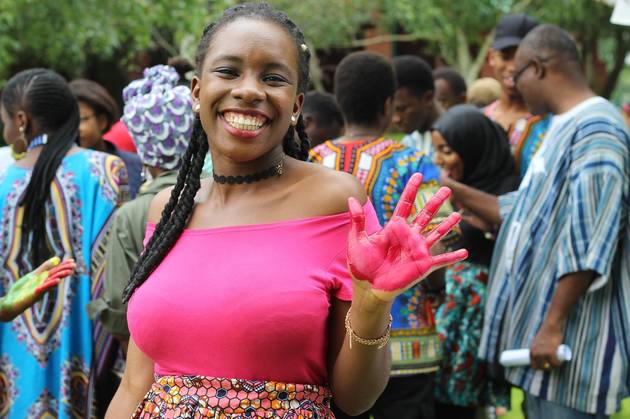
The women’s march
The ongoing 2017 women’s march, notably the largest mobilization there has ever been since its commencement in 1956 when approximately 20,000 women marched to the Union buildings in Pretoria petitioning against apartheid policies. Oddly enough, the engagement had higher engagement in Washington DC than in South Africa than in South Africa, where it was sparked.
The march, apparently, has received a wrong impression with elements of anti-Trump protests: putting forth issues such as ‘white versus black’ and Muslim versus other identities. These hijacked the agenda of the march which was intended to champion for women’s rights. A quick scan through the Women’s March Facebook page reveals the divide amid the enthusiasm and excitement of the march. The unfiltered spectacle of women going at each other not because of character but color, skin, gender, religion and ethnicity. Despite a higher turnout in the US than South Africa, it is arguable that women’s marches across South Africa, and Africa as a whole, were more successful than the US marches.
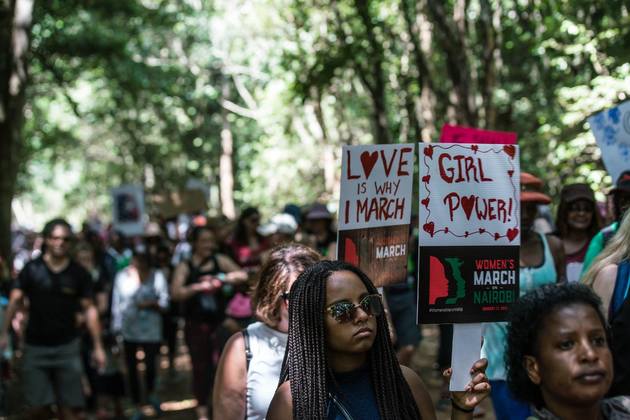
Yes, men do play a part
Feminism, a contemporary insurgency taking the world on a wild ride to change its views on women’s roles in society. It currently serves as the best solution to the current dilemmas of gender inequality. In the African context, being male comes with a reluctance to compromise for female-related causes. Sadly, we have been fitted into a traditional masculinity suit that has stripped men of humanity: care, empathy, feelings. To break this, society’s paradigm of gender must be changed by us, the African men; being a conduit for women to get what ought to be theirs, not a favor being seeked. By default, a man who denies feminism discreetly confirms his status as a sexist — a narrative we need to break, urgently.
Leroy Mwasaru is a One Young World Ambassdor from Kenya. His venture, Greenpact, is a direct response to the sewage challenge his region was facing. Leroy’s social enterprise work at Greenpact has been featured on CNN, Forbes, The Huffington Post, Fast Company and CCTV America.
